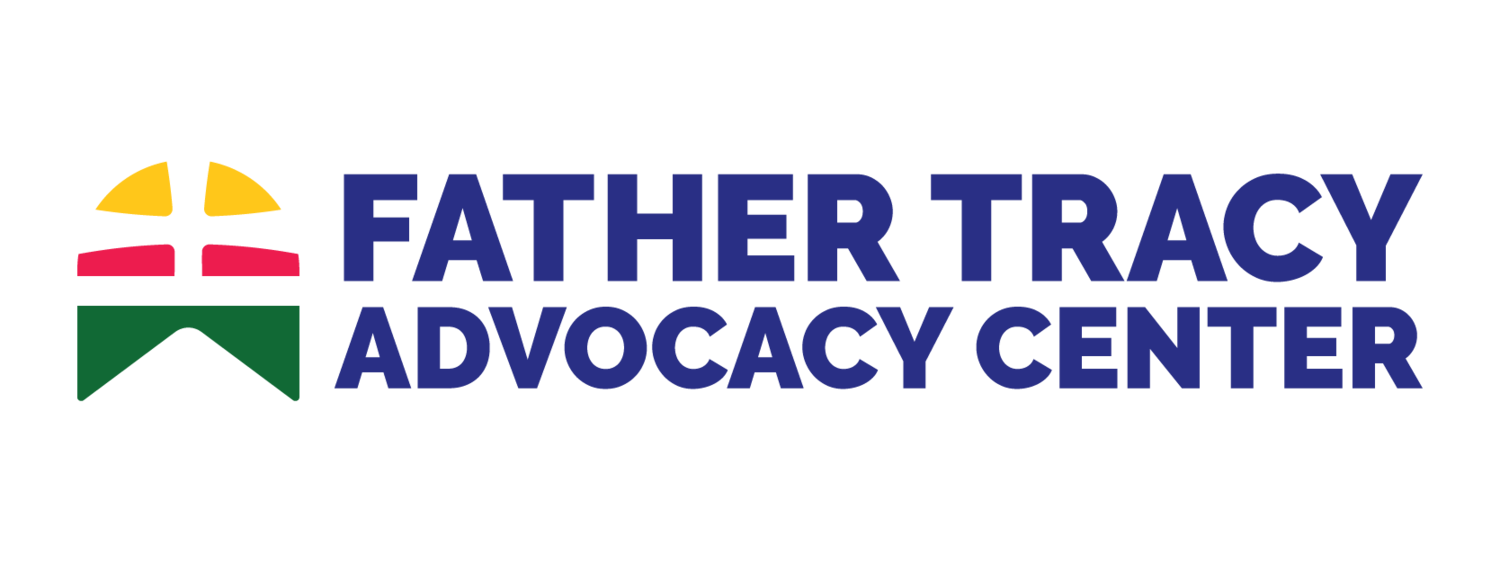The Pandemic’s Effects on Homelessness and Health Disparities in Rochester, NY
The Covid-19 pandemic exacerbated disparities and conditions that already existed in Monroe County and created a distinct set of public health problems which greatly affected vulnerable populations. These conditions, including health disparities and homelessness, were made worse by the pandemic because of systemic social, economic and racial inequities.
Health disparities were largely present in Rochester prior to 2020 but the pandemic increased them even more. There were stark health disparities during Covid-19 especially among Black and Latinx individuals. According to the Monroe County Health department, those who are Latinx were 2.5 times more likely than white individuals to contract Covid-19 and those who are Black were 4 times more likely than white individuals to contact Covid-19 (Van Kerhove & Maker, 2020).
In addition, the zip code 14605, where the Father Tracy Advocacy Center is located, was one of the five highest zip codes in Monroe County in regards to the number of Covid cases. This has to do with the racial disparities and redlining that has been present in Rochester and the 14605 area for decades due to systemic racism. Four out of these five highest zip codes are in areas with a high amount of redlining; they also have the highest percentages of people of color compared to other areas of Monroe County and have some of the lowest income levels (Van Kerhove & Maker, 2020). These individuals are often underpaid at their jobs, less likely to have sufficient health insurance, and are likely to not be given sick time at these jobs. In addition to all this, they must deal with the chronic stress and trauma caused by racism. These factors make them much more susceptible to infection than those who lived in other areas in Monroe County, and made them especially vulnerable to the pandemic.
Homelessness was an added risk factor during the pandemic and individuals who lacked stable housing were greatly affected. There are many different ways one can be homeless including being sheltered (living in a homeless shelter or transitional housing) ,being unsheltered (living on the streets), and being doubled up (those who had to move in with a friend or family member). Individuals in any of these three situations are at a higher risk for general health problems but were especially at risk to contract Covid-19. It is hard enough to maintain healthy behaviors when homeless because of the lack of sleep, lack of access to hygiene essentials, chronic stress, and often crowded conditions of a shelter or other transitional housing but it was especially hard to engage in health precautions recommended for Covid (Peters, 2021).
Unsheltered individuals were at a high risk for contracting Covid because many of them were unable to increase hand washing, wear masks and gloves, and social distance. Those who lived in shelters faced these same issues however there was a lack of available shelters during Covid because of new capacity and distancing requirements which meant more individuals were out on the street (Peters, 2021). Both groups could not readily practice proper health precautions which led to greater spread of the disease.
Doubled or tripled up households had more people living in them which meant they were less likely to be able to social distance from each other if needed and disease spread much faster than in a single household. In addition, the individuals in these households were more likely to be essential workers, which meant their exposure to Covid-19 was higher. It is only natural then that Covid-19 spread more in these conditions and those in these households were at a disadvantage compared to those who could work from home and quarantine from family if needed.
These conditions show that the health outcomes of homeless and minority individuals are a major public health concern. In the future, more attention needs to be paid to the health of these groups and policy changes are needed to ensure equitable health for all.
References
Van Kerhove, B., & Maker, R. (2020, October 2). Covid-19 disparities in Rochester, NY: The Legacy of Redlining in the city of Frederick Douglass and Susan B. Anthony. Empire Justice Center. Retrieved October 18, 2022, from https://empirejustice.org/news/covid-19-disparities-rochester-ny-legacy-redlining-city-frederick-douglass-susan-b-anthony/
Peters, A. (2021, August 26). Outreach groups say Rochester is in 'a homeless pandemic' after tough year. RochesterFirst. Retrieved October 19, 2022, from https://www.rochesterfirst.com/news/outreach-groups-say-rochester-is-in-a-homeless-pandemic-after-tough-year/

